Engine shaking or vibration can be a result of various issues such as defective spark plugs, insufficient fuel pressure, or misfires. A faulty idle air control valve may also lead to lower-than-normal idling RPM, thereby causing the engine to vibrate or shake excessively.
In this post, we’ll be diving into all the possible reasons why your car shakes in reverse, what it means for your vehicle, and how you can fix it.
1. The Clutch is Worn-out or Faulty
Your car is likely experiencing shaking in reverse due to a faulty or worn-out clutch. The clutch is the mechanism that connects the engine to the transmission, and it’s made up of two plates – one on each side of the flywheel. They are compressed together when you push down on your brake pedal.
This causes friction between the two surfaces and allows power from the engine to be transferred through them into your transmission and then finally into your axle(s).
When your vehicle’s clutch wears out or becomes faulty, this can cause excessive vibration as you accelerate or decelerate in reverse. And this is because one plate may not be able to fully engage with its counterpart.
Instead of engaging at full capacity, it stops halfway down its stroke due to poor fit. As you operate under these circumstances, a great deal of strain will build up within the system. This pressure eventually translates into shaking movement once it reaches its breaking point.
Fixing a Worn-out Clutch
If the clutch is worn out, you will need to replace it. Here’s what you’ll need to do:
- Replace the clutch: You can buy a new one at an auto parts store or online. The procedure for replacing the clutch varies depending on your make and model, so check your owner’s manual if you’re not sure how much work is involved in this step.
- Replace the clutch master cylinder: If you’ve replaced your old worn-out master cylinder with a brand new one but your car still shakes when it shifts into reverse gear, chances are good that there’s another problem with either the slave cylinder or throwout bearing.
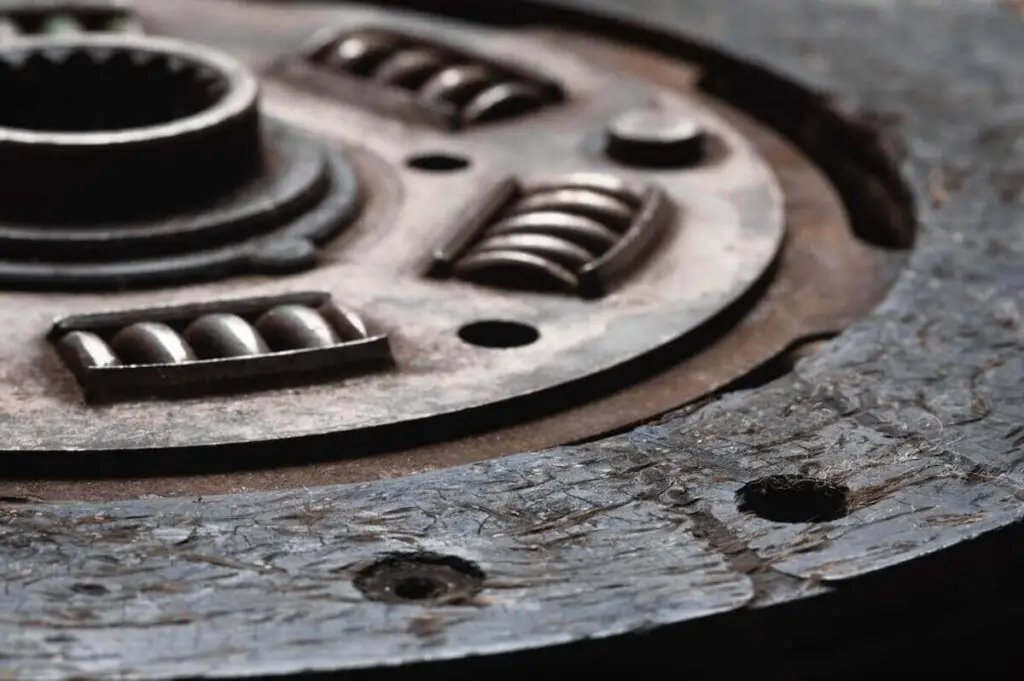
2. Incorrectly Fitted Suspension Components
Incorrectly fitted suspension components could be another reason why your car shakes in reverse. If the spring or tie-rod ends are damaged, these parts can cause the car to shake when in reverse. The same applies to shock absorbers that have been incorrectly fitted or defective.
Fixing Incorrectly Fitted Suspension Components
The suspension components in your car include suspension bushings, springs, shocks, struts, ball joints, control arms (inner and outer), and sway bar links or bushings (inner, outer, or both).
If any of these is damaged or not properly fitted, you may find yourself in a situation where your car makes vibrating noise when in reverse.
It’s also important to note that if an issue with a particular suspension system is not fixed as quickly as possible, you may be dealing with something worse than your car shaking in reverse in no time. So we advise that you reach out to a mechanic as soon as possible once you start noticing this symptom.
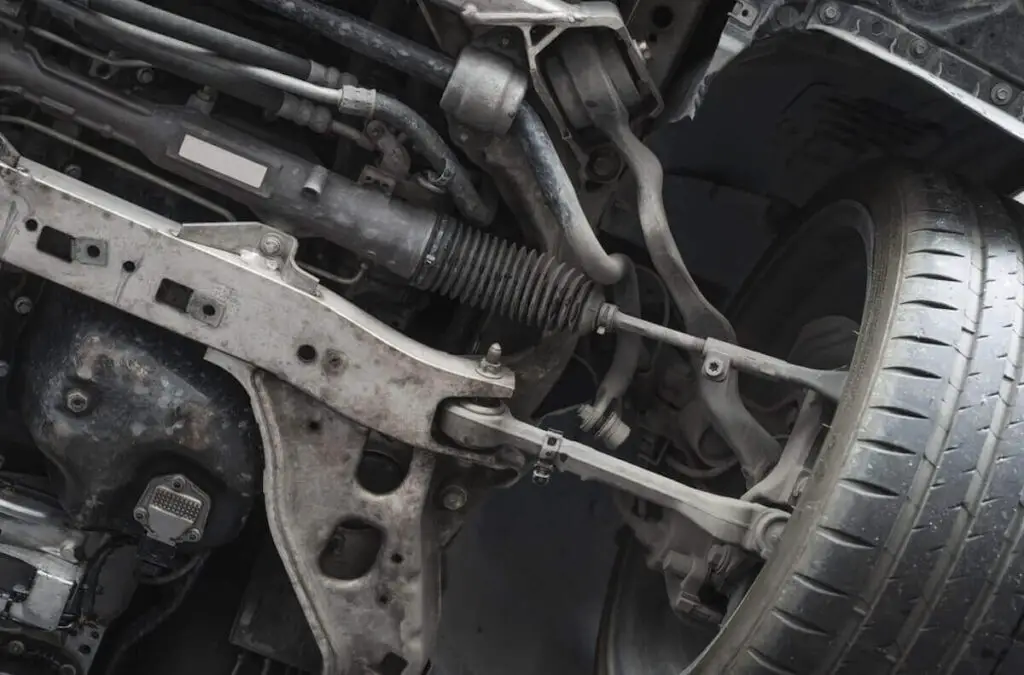
3. Worn-out, Cracked, or Loose Engine Mounts
Engine mounts are rubber or metal devices that connect the body of the car to the engine. Their primary purpose is to hold the engine in place and prevent it from vibrating excessively. This ultimately helps to reduce wear on the engine and transmission systems.
If your engine mounts are loose or damaged, they’ll no longer be able to hold the engine in place as they should and this would result in situations where your car shakes when put in drive or reverse.
Fixing Worn-out, Cracked, or Loose Engine Mounts
The best fix for worn-out engine mounts is to replace them completely. To replace engine mounts:
- First, remove the bolts holding down each mount. Some screws may be covered by plastic trim pieces; just pry those off first before removing any screws underneath them.
- Next, get a new set of mounts (you’ll find these at most auto supply stores) and install them in place of the old ones using new hardware included with your new mounts (if nothing else is included with them). If there’s no hardware available for installation then use whatever works best for installing these types of things into cars.
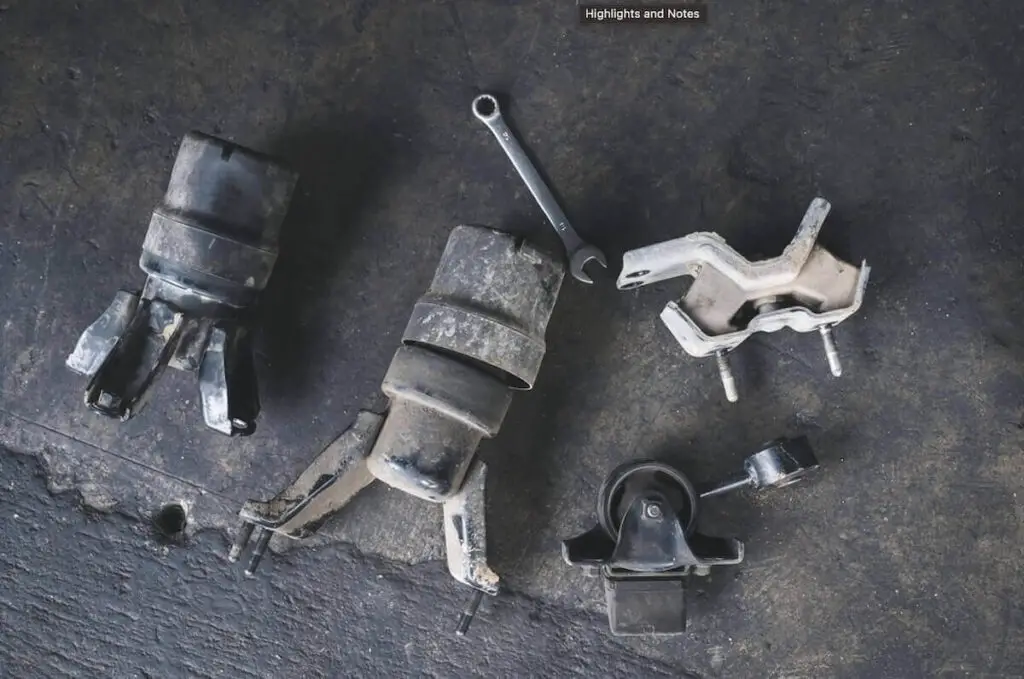
4. Deformed, Damaged, or Worn-out Tires
Tires are the only part of your vehicle that makes contact with the road directly, and they’re responsible for transmitting thrust and braking forces to the ground.
Also, it’s important to check your tire pressure regularly and top it up if necessary. A flat or close-to-flat tire can also cause a vibration when reversing as it rolls over rough surfaces. This is due to the absence of enough air pressure to support its weight on its own.
Fixing Deformed, Damaged, or Worn-out Tires
While tire tread depth can be checked visually, it is also possible to perform a simple test using a coin. Simply insert the coin into the tread grooves of your tire and if it goes in easily without much resistance, then you have notched tires and should replace them soon.
The same applies to checking tire pressure. You just have to look for signs of bulges or dents that indicate leaking air pressure. If you notice such problems on any of your tires, we advise that you replace them as soon as possible.

5. A Faulty Drive Shaft or Axle(s)
The drive shaft is part of your vehicle that transfers power from the transmission to the rear differential. A faulty axle or drive shaft can result in your car shaking when in reverse.
The axle is part of the vehicle that connects to both the front and rear wheels. If the axle is bent or damaged, it will not be able to support your vehicle’s weight and may cause a vibration when reversing or even driving.
Fixing a Faulty Drive Shaft or Axle(s)
To check for problems with a drive shaft or axle, look for cracks, bends, corrosion, and excessive play in either one. If you find damage like this on either part of your vehicle’s axles/drive shafts, replace them as soon as possible because they could break at any time.
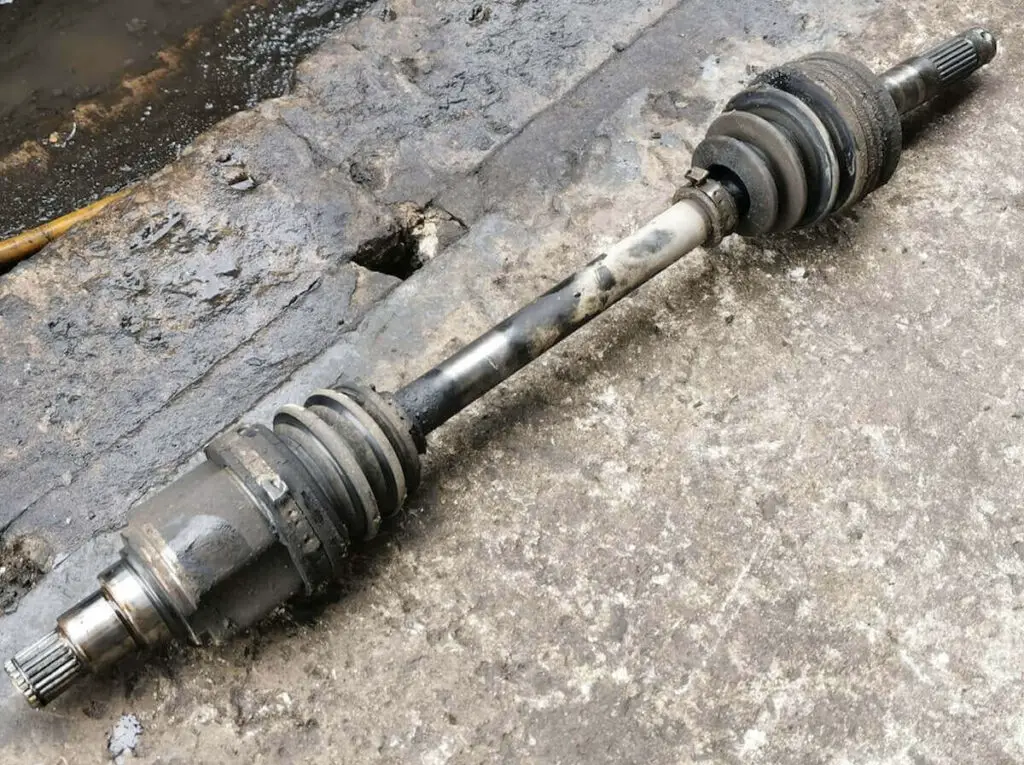
6. A Failing Transmission System
The transmission system is a complex system that consists of many parts, including the drivetrain (the engine, driveshaft, and transmission), differential, and axles.
Apart from an issue where your transmission will not engage in any gear, a failing transmission system can also result in a situation where your car vibrates in reverse.
Fixing a Failing Transmission System
Fixing a failing transmission system would require engaging the services of a professional. This system is too delicate to be experimented with so we do not advise that you try to fix it yourself except you really know what you’re doing.
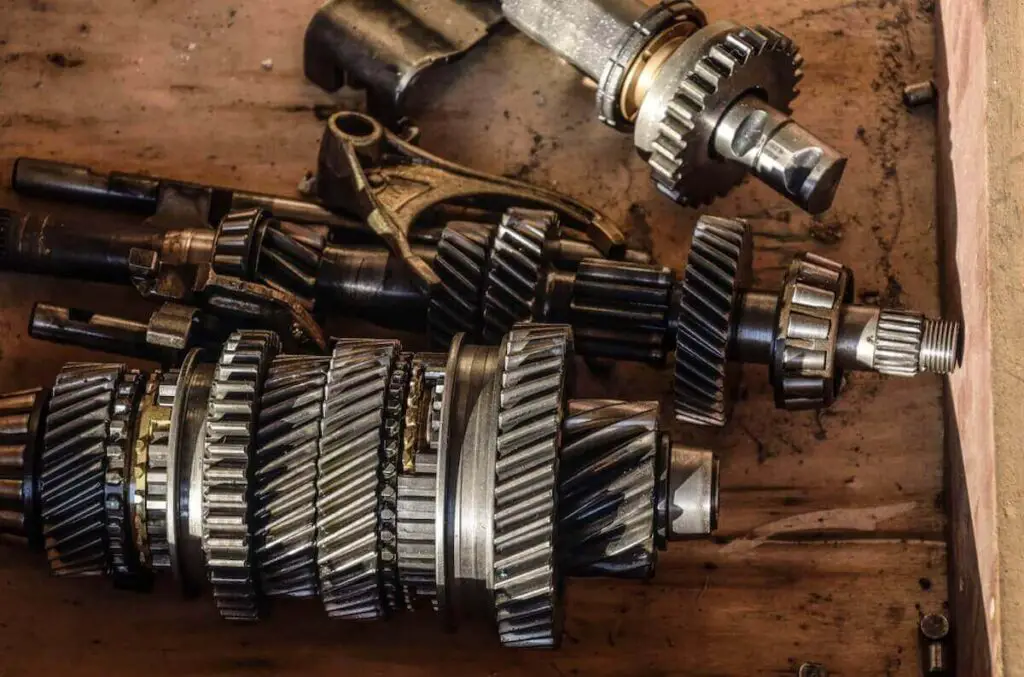
7. Low Transmission Fluid
Transmission fluid is essential for proper transmission function and lubrication. If the fluid level is low, the transmission may not be able to engage properly. This could lead to a situation where your car shakes when in reverse.
Fixing Low Transmission Fluid
You just need to physically check the transmission fluid level and top it up if necessary.
8. Faulty Torque Converter
The torque converter is responsible for transmitting power from the engine to the transmission. If it’s faulty, it may result in the car shaking in reverse. To fix a faulty torque converter, you’ll need to engage the services of a professional.
9. Dirty or Worn-out Spark Plugs
Spark plugs are responsible for igniting the fuel in the engine. If they are dirty or worn out, you may experience engine misfire at low RPM which is mostly used while reversing.
This can also result in a situation where your car makes a vibrating noise when in reverse. Replacing the spark plugs can solve this issue.
10. Faulty Engine Control Module (ECM)
The ECM controls various engine functions, including fuel injection and ignition timing. If it’s faulty, it may cause the engine to misfire or vibrate when put in reverse. We have a post on how to know if your ECM is bad and needs a replacement.
Read: Feathering The Accelerator
Conclusion
Experiencing a shaking sensation while reversing your car can be a concerning issue. While there are several potential causes, including transmission problems, worn-out brakes, or engine issues, it’s important to get your vehicle checked by a professional mechanic as soon as possible to prevent the issue from degenerating into something worse.
